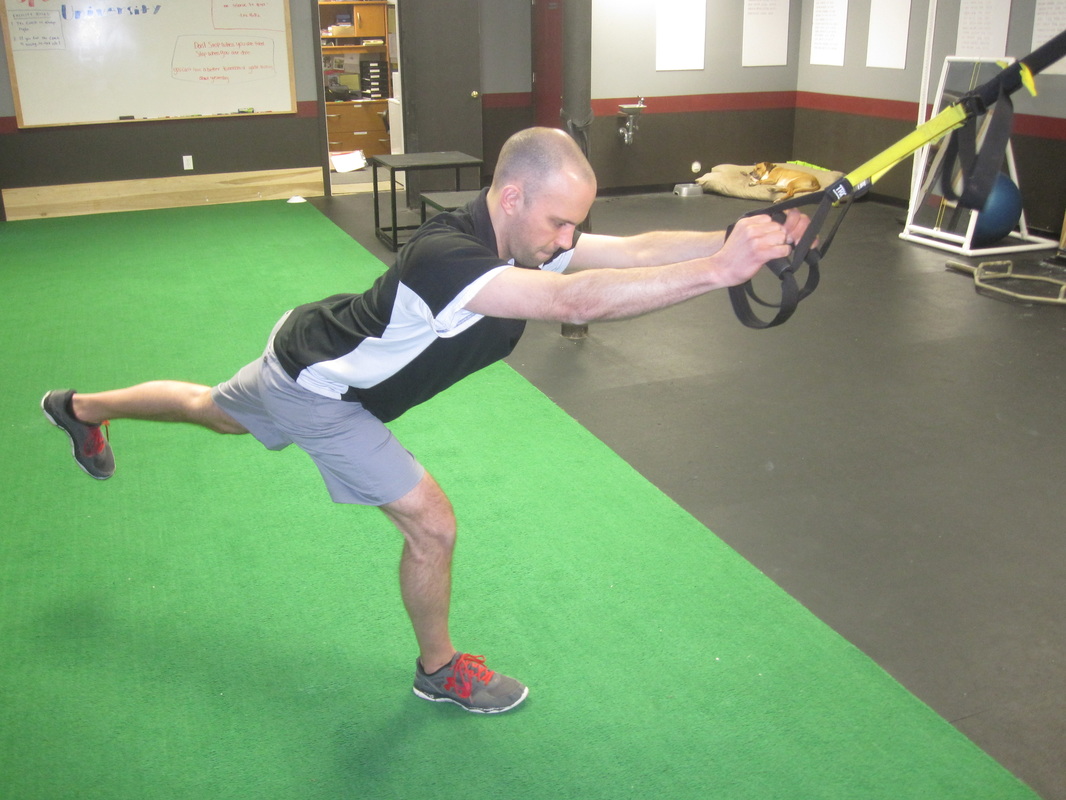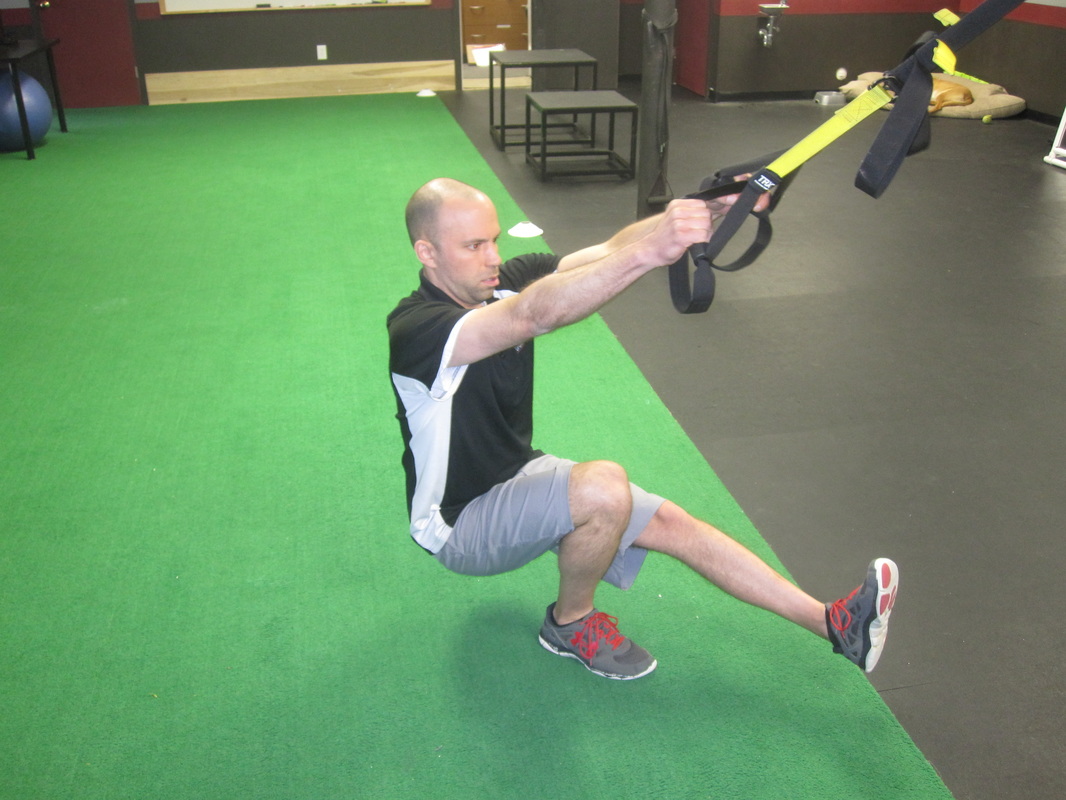|
Whether you are training top level athletes or the average soccer mom, chances are that knee pain has been an issue in some way, shape or form. Now the majority prefer to take it easy and not train while sorting out an injury. And depending on the injury that makes perfect sense. If you tore your ACL and MCL last week, I don’t plan on seeing you next week! But the majority with little nagging issues would be best suited to continue some form of training depending on the severity of the injury. Always consult with your medical team beforehand to figure out what is actually going on in your knee. If the team gives you the ok to continue training then here are some ideas about how to still get a great training session when managing knee pain. 1. REDUCE THE AMOUNT OF CONTINUOUS FLEXION AT THE KNEE. Depending on what exacerbates the knee pain, reducing the amount of flexion (bend) at the knee could greatly reduce the level of pain. Avoid knee dominant exercises such as squats and lunges. Stick with hip dominant movements that focus on keeping the hips high. Exercises such as double or single leg Romanian deadlifts, lateral mini-band walks and supine bridge variations could all work. Below I am performing a single leg Romanian deadlift with the assistance of a TRX. 2. FOCUS ON THE CORE. If there is a need to reduce the amount of volume in one area, focus on something else for the time being. The core can be trained from multiple angles and recovers quicker than larger muscles groups. 3. FOCUS ON UPPERBODY PUSHING AND PULLING. To somewhat piggy back on the previous point, focusing on the “real” core is also another option. The core has been said to be what lies between the shoulders and hips, which leaves a lot of room for pushing and pulling. Pushing does usually get a ton of focus from many programs, but there is usually room for improvement with the amount of pulling. Throw in some more rowing and chin up variations. 4. FOCUS ON THE HEALTHY KNEE. If there is still one healthy knee I suggest single leg variations such as step ups, single leg squats and single leg deadlift variations, all of which can be regressed to meet the needs of the athlete. Below I am performing a single leg squat with the assistance of a TRX. It goes without saying, but I am going to say it anyways. Consideration of the actual injury has to be taken before trying any of these recommendations. The training program will be based on the diagnosed injury and the results of the analysis. If there is pain during an exercise it should not be included in the training program.
0 Comments
|
Archives
July 2024
Categories
All
|
Proudly powered by Weebly



 RSS Feed
RSS Feed